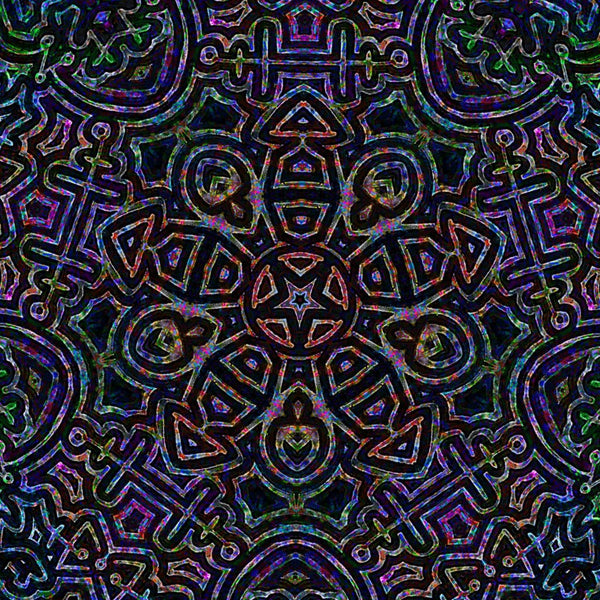Your Cart is Empty
Buy Any 4 Items, Get 15% Off Your Order!
Buy Any 4 Items, Get 15% Off Your Order!
Understanding Satori and Samadhi: A Clear Guide for Beginners, Zen, Zazen
July 14, 2024

Understanding Satori and Samadhi: A Clear Guide for Beginners
In the realms of spirituality and meditation, the concepts of satori and samadhi often arise, particularly within Zen Buddhism and Hinduism. Although these terms are sometimes used interchangeably, they signify distinct experiences. This exploration delves into what satori and samadhi mean, incorporating Zen anecdotes and yogic wisdom to illuminate their essence.
The Essence of Satori
"Satori is the sudden flash of enlightenment, of seeing into one's true nature."
— Shunryu Suzuki
Satori is a Japanese term from Zen Buddhism that refers to a sudden, profound moment of enlightenment or awakening. Unlike a gradual unfolding, satori is experienced as a flash of insight where the true nature of reality is perceived directly and clearly. It is often sudden and spontaneous, occurring unexpectedly and without prior warning.

An illuminating story from Zen tradition illustrates the nature of satori. The Zen master Hakuin was once asked by a young monk, “What is the path to enlightenment?” Hakuin responded with the koan, “What is the sound of one hand clapping?” This question disrupts conventional thinking and encourages a direct, experiential understanding, capturing the sudden and immediate nature of satori.
The experience of satori is typically brief, like a flash of lightning that briefly illuminates the darkness of ignorance. The Zen master Bankei described satori as a “sudden, vivid insight” that, while powerful, often requires further practice to fully integrate and understand. Satori is characterized by a direct, experiential understanding that transcends conceptual thought. This is exemplified in a well-known Zen story where a student asked his master how to attain enlightenment. The master simply pointed to the moon, and when the student looked up and saw it, he experienced a moment of satori, realizing that enlightenment is not a distant goal but an immediate, direct experience of the present moment.
"Enlightenment is like the moon reflected on the water. The moon does not get wet, nor is the water broken." — Dogen
While satori provides profound insight, it may not always result in immediate or lasting changes in behavior or perception. The fleeting nature of satori means that while it can be transformative, integrating this insight into everyday life often requires continued practice.
The Depth of Samadhi

Samadhi, on the other hand, is a term from Hindu and yogic traditions that represents a profound state of meditative absorption or deep concentration. Unlike satori, which is sudden, samadhi involves a gradual process of deepening one’s focus and consciousness. It is achieved through a progressive and disciplined approach to meditation, involving a series of stages leading to deeper states of consciousness.
"Samadhi is the state in which one experiences absolute tranquility and freedom from all worldly attachments." — Swami Vivekananda
A story from yogic tradition highlights the gradual nature of samadhi. Dharmabala, a devoted seeker, practiced meditation for many years. Over time, his consistent practice led him to a state of samadhi, where he experienced a profound sense of unity with the universe. This illustrates the sustained effort required to reach this state. Samadhi encompasses various levels of meditative absorption, from initial concentration to profound unity. For instance, Patanjali, in his Yoga Sutras, describes different levels of samadhi, including Savitarka Samadhi (initial absorption) and Nirvitarka Samadhi (deep absorption), each representing a deeper integration of consciousness.
In samadhi, there is a merging of the self with the object of meditation, resulting in a sense of oneness. This is vividly illustrated by the yogic experience of a meditator who, after years of disciplined practice, reported feeling as if the boundaries between himself and the universe had dissolved, reflecting the profound unity achieved in samadhi. The effects of samadhi can be enduring, leading to lasting changes in perception and understanding. Unlike the fleeting nature of satori, the deepening of samadhi often results in a profound and lasting transformation. This transformation is reflected in the lives of many yogic masters, who exhibit a deep sense of peace and unity with all existence.
Distinguishing Satori and Samadhi
Satori is marked by its sudden, intense realization. It is like a brief, illuminating flash that reveals profound truths in a moment. This suddenness can be jarring but also deeply clarifying, offering a clear view of reality that can disrupt ordinary perceptions and reveal new perspectives. For instance, the Zen master Hakuin’s use of koans like “What is the sound of one hand clapping?” serves to disrupt habitual thought patterns and trigger these moments of sudden clarity.
"Do not seek the truth; only cease to cherish opinions." — Sengcan
On the other hand, samadhi is a gradual, sustained state of meditative absorption. It develops through persistent practice and deepens over time, leading to a profound sense of unity and tranquility. The process of achieving samadhi involves a series of stages, each representing a deeper level of meditative concentration. This gradual process is illustrated by the yogic tradition of Dharmabala, whose extended practice led him to a lasting experience of oneness with the universe.
"Samadhi is that mental state when the flow of the mind towards the object of concentration becomes continuous, like the flow of oil." — Swami Sivananda
While satori can provide immediate and profound insights, its effects may be transient. It often requires ongoing practice to integrate these insights into everyday life. Samadhi, however, offers a more enduring transformation, with its effects manifesting as long-term changes in perception and understanding.
The different approaches to these states also highlight their unique aspects. Satori can arise spontaneously or through sudden realization, offering immediate clarity. Samadhi, in contrast, results from a disciplined, incremental practice that fosters deep concentration and unity. Recognizing these differences allows practitioners to appreciate how each experience contributes uniquely to their spiritual journey.
Embracing Both Experiences

Both satori and samadhi offer valuable perspectives on spiritual awakening and practice. Satori provides sudden, profound insights that can immediately shift one’s understanding of reality, while samadhi represents a deep, sustained state of meditation that leads to lasting transformation. By understanding the nature of each, practitioners can approach their spiritual journey with greater clarity and purpose.
"Enlightenment is not a change into something better or more, but a simple recognition of who we truly already are." — James Blanchard
In practice, integrating the insights gained from satori into the continuous, deepening experience of samadhi can lead to a more comprehensive spiritual growth. Embracing the spontaneity of satori and the disciplined progression of samadhi can enrich one’s path, offering both immediate revelations and long-term transformation.
Leave a comment
Comments will be approved before showing up.
Also in Sacred Surreal Blog
newsletter signup
Be the first to know about upcoming sales and promos. Get a 10% discount coupon when you subscribe!
Subscribe
Sign up to get the latest on sales, new releases and more …

Storewide Sale!
Buy any 4 items and get 15% off your total order! For a limited time only.



